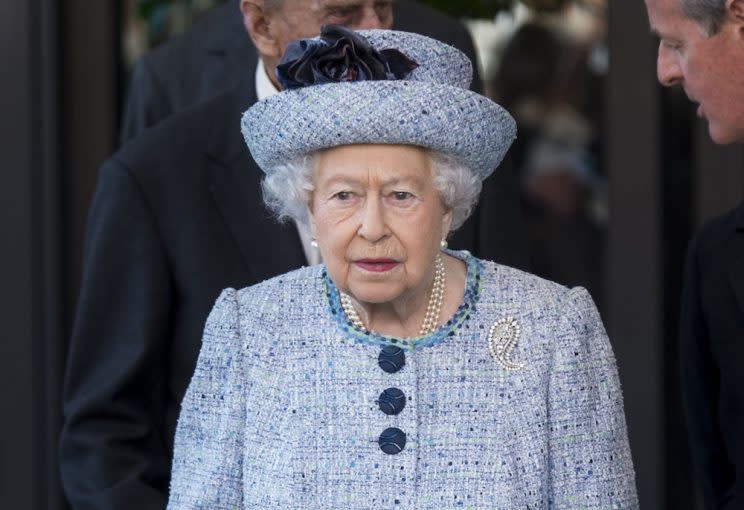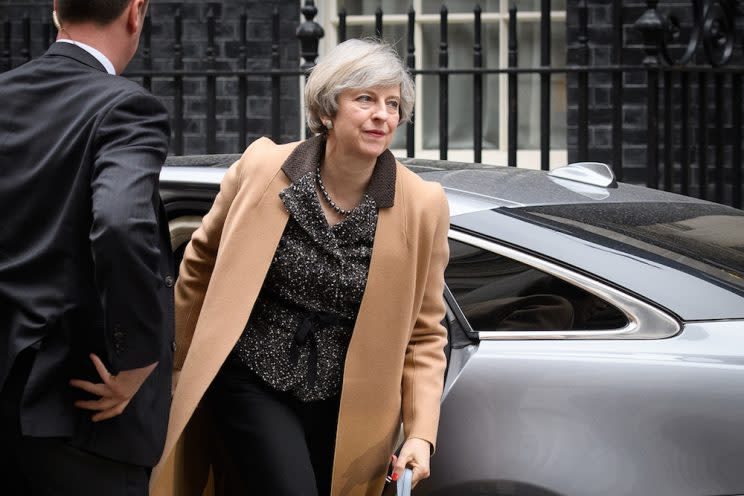‘What is Royal Assent? Brexit milestone explained and what happens next'

The Queen has granted royal assent to the European Union (Notification of Withdrawal) Bill, giving Theresa May the legal power to choose when to start formal Brexit talks.
Mrs May has said she will invoke Article 50, the legal mechanism for withdrawal from the EU, by the end of the month.
But what is Royal Assent, why did the Prime Minister need it, what can she do now and what will happen now with Brexit?

What is Royal Assent?
Royal Assent is basically the Queen (or Monarch’s) agreement and is required to make a Bill into an Act of Parliament. Nowadays it is regarded as a formality but is still necessary for a bill to become law.
Granting Royal Assent to the Brexit Bill clears the way for Prime Minister Theresa May to start formal Brexit talks and starts the clock on a two-year countdown to Britain leaving the EU.

What can she do now?
Mrs May’s next step will be to inform the European Council of Britain’s intention to leave the EU, with talks among the remaining 27 states expected to start in late April or May.
Negotiations over key elements of Britain’s departure from Europe – including when trade discussions should take place, the potential ‘divorce bill’ and the status of EU citizens living in the UK and British nationals resident on the continent – will continue throughout the summer and on into 2018.
MORE: No one can tell if Scotland actually wants independence or not
MORE: This is the secret code word for when The Queen dies
October next year has been set as the target date for concluding withdrawal negotiations, in order to allow time for them to be ratified before the end of the two-year Article 50 deadline.
In winter 2018/19, once a deal is reached between the Commission and the UK, it will go back to the member states of the EU. The European Court of Justice could be asked to rule on whether the deal requires approval by each state and if so, it would have to be ratified by as many as 38 national and regional parliaments across the European Union.
In March 2019 – two years after the invocation of Article 50 – the UK will cease to be a member of the EU and is no longer subject to its treaties, whether or not a withdrawal agreement has been reached.
(Top picture: PA)

 Yahoo News
Yahoo News 


